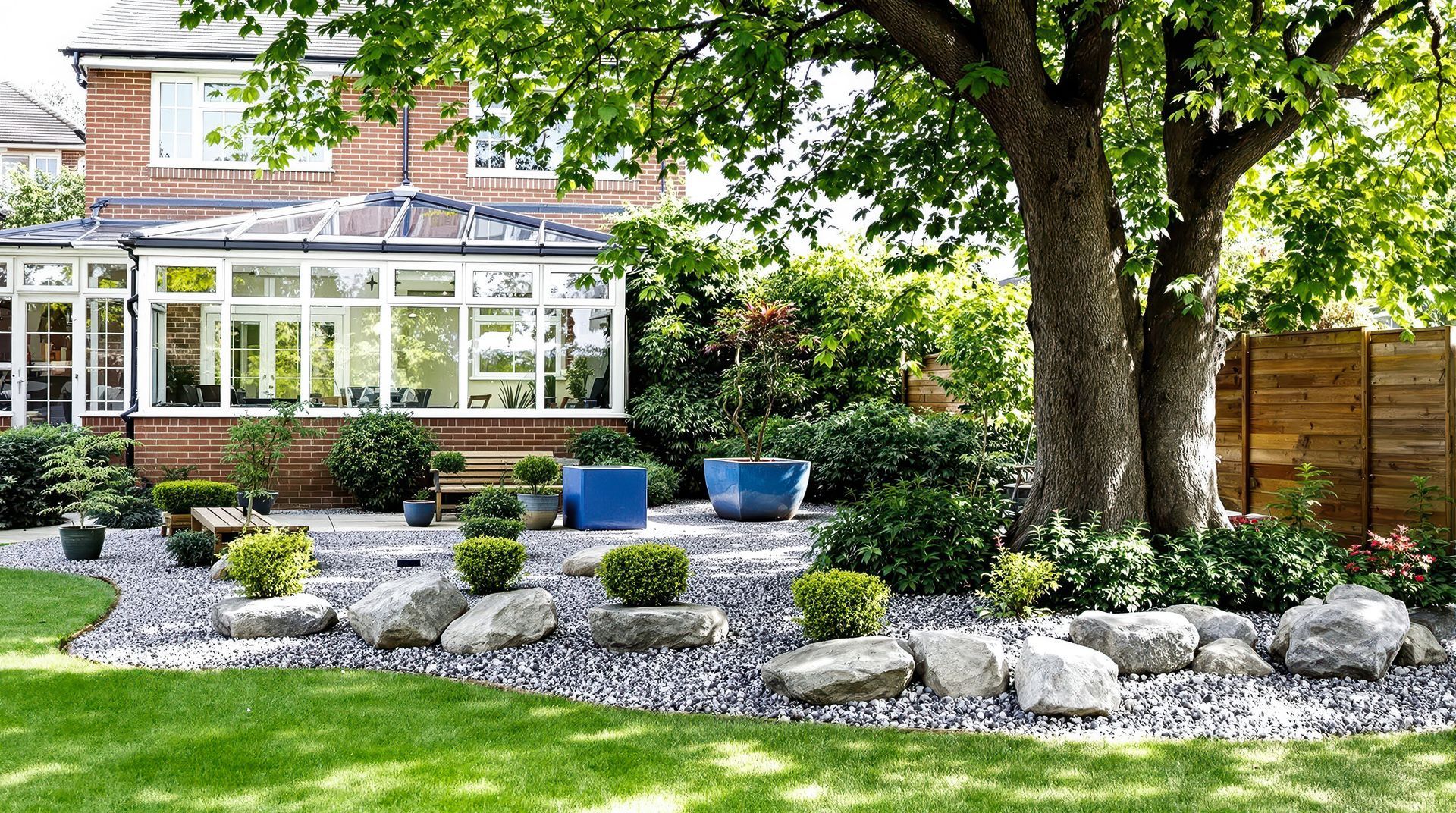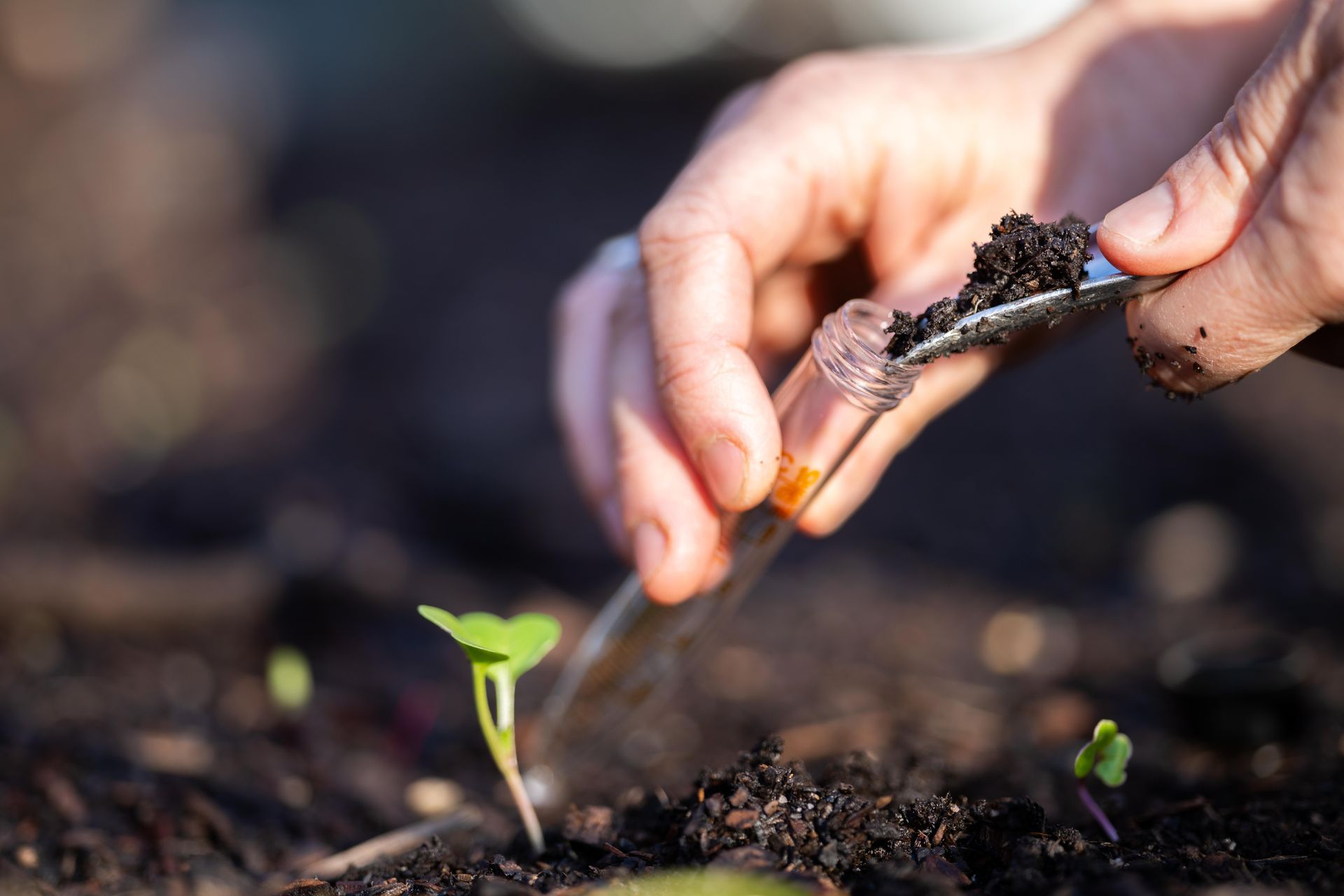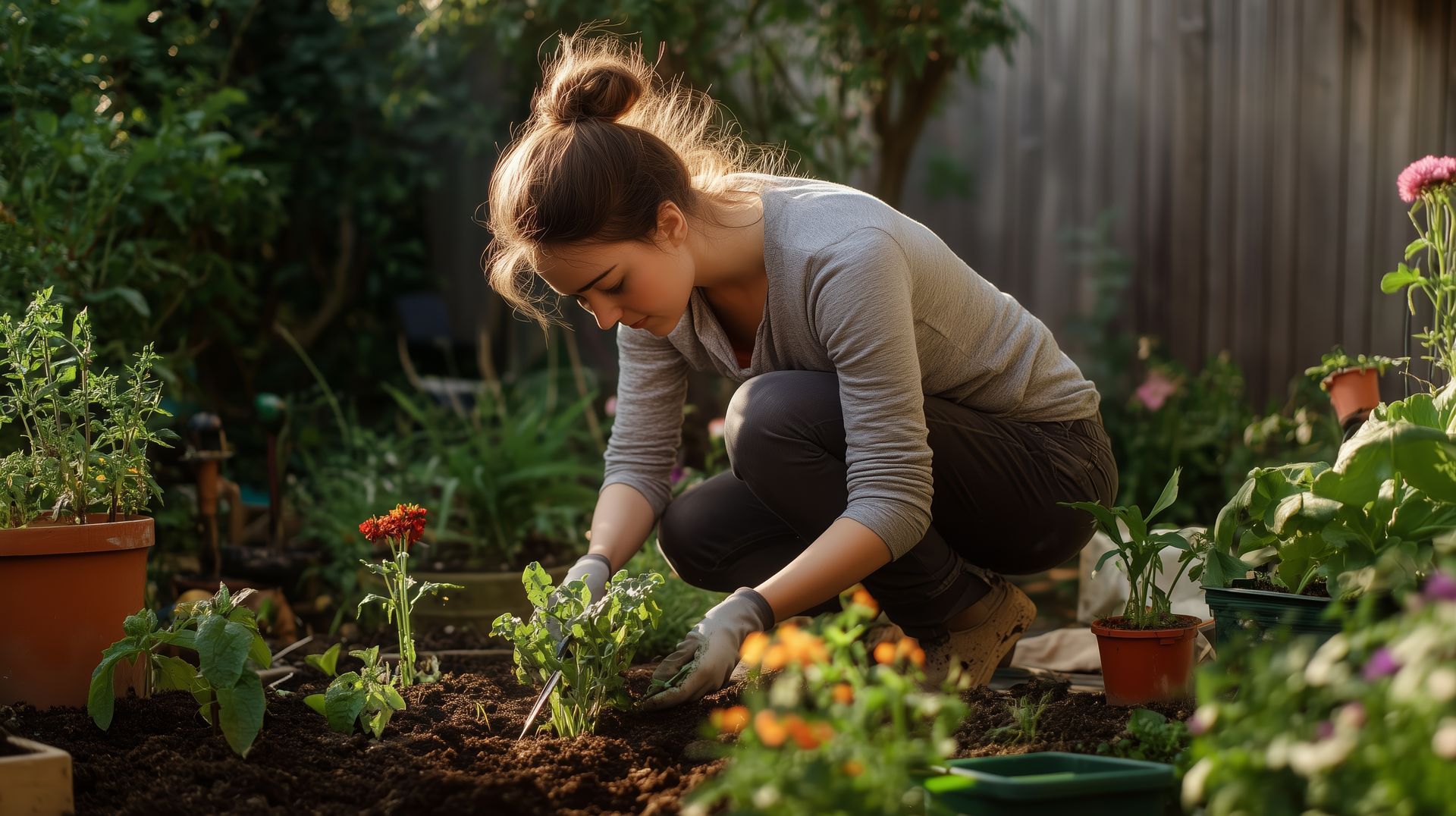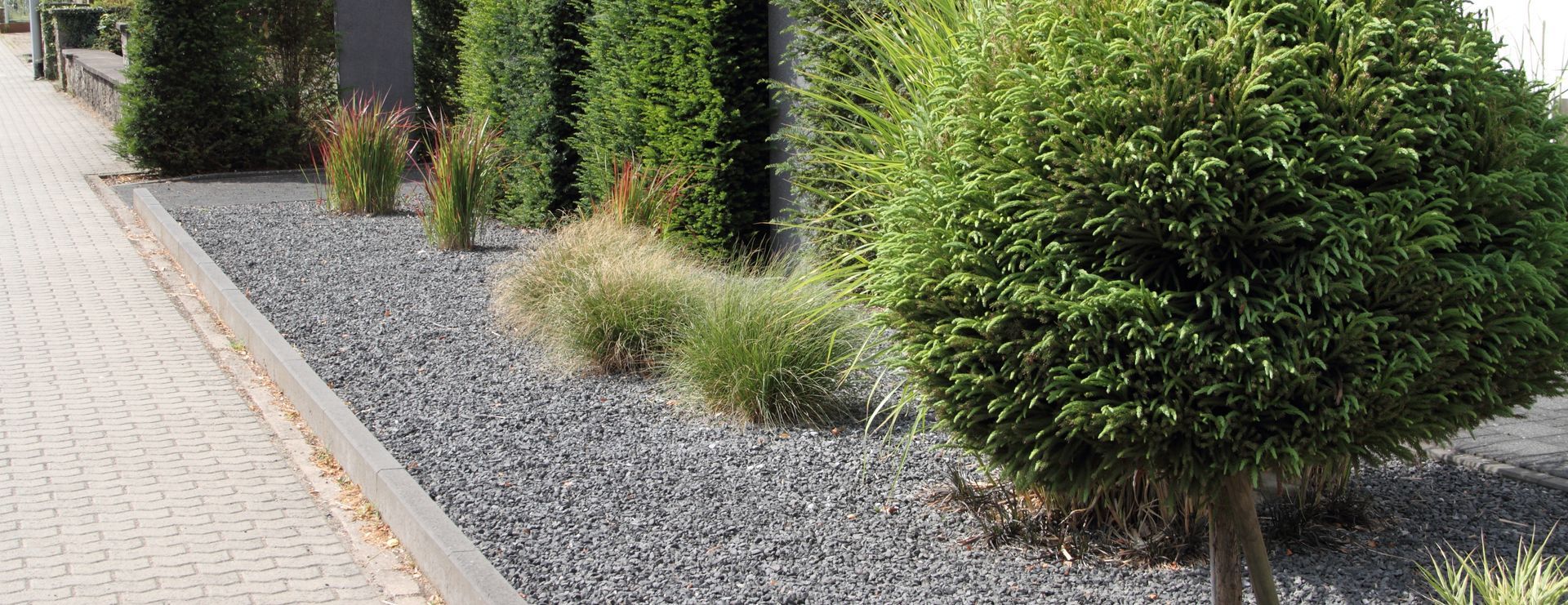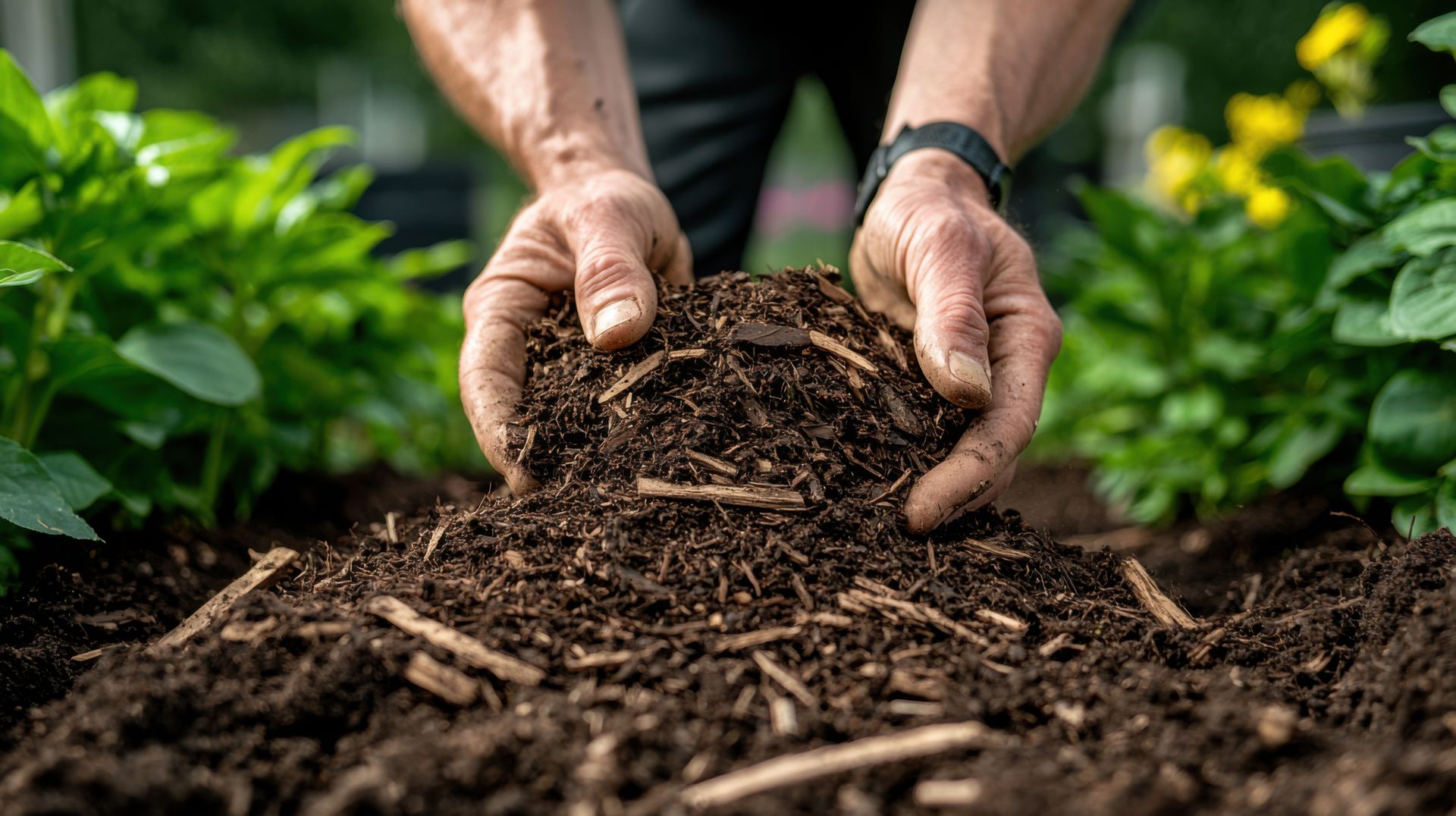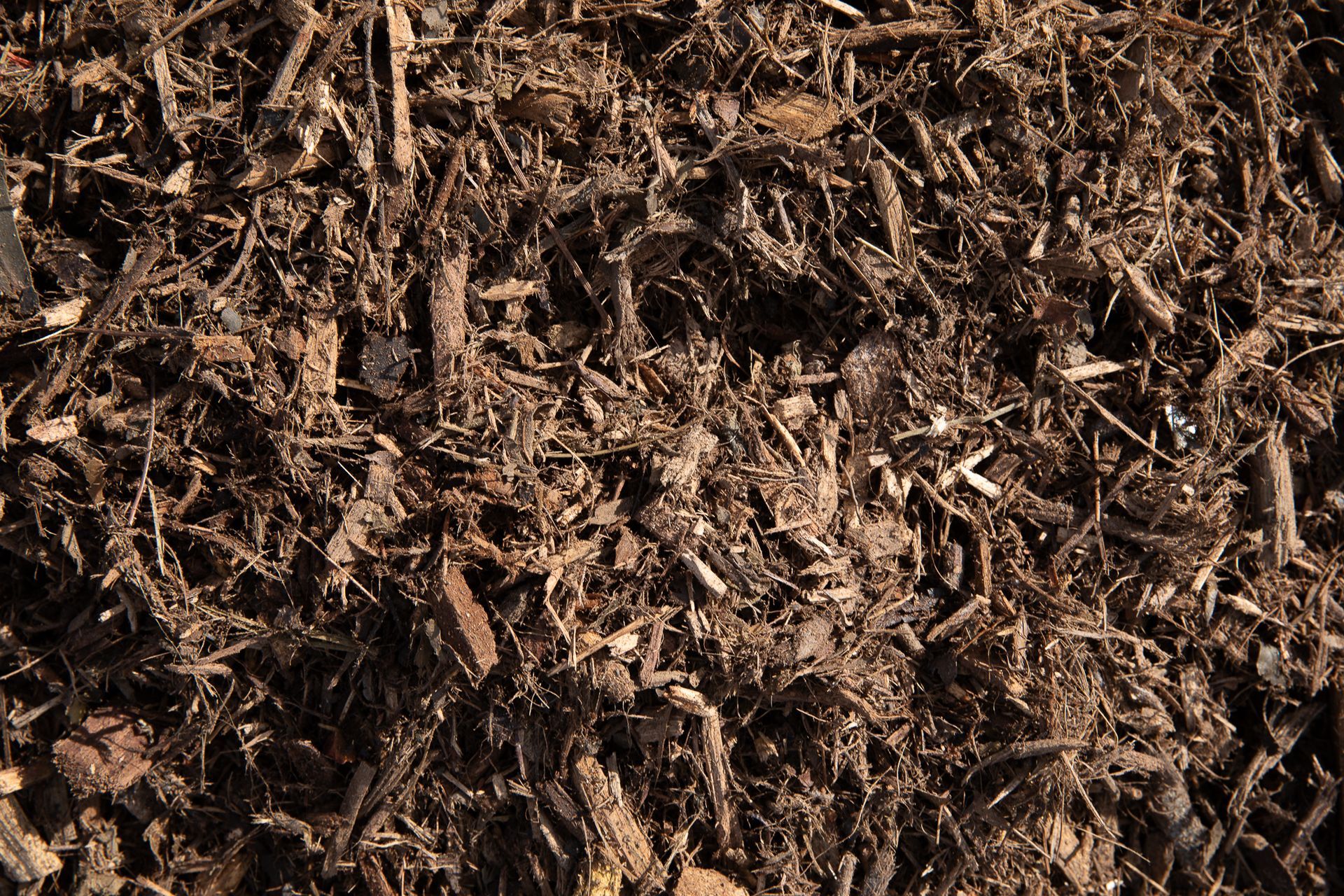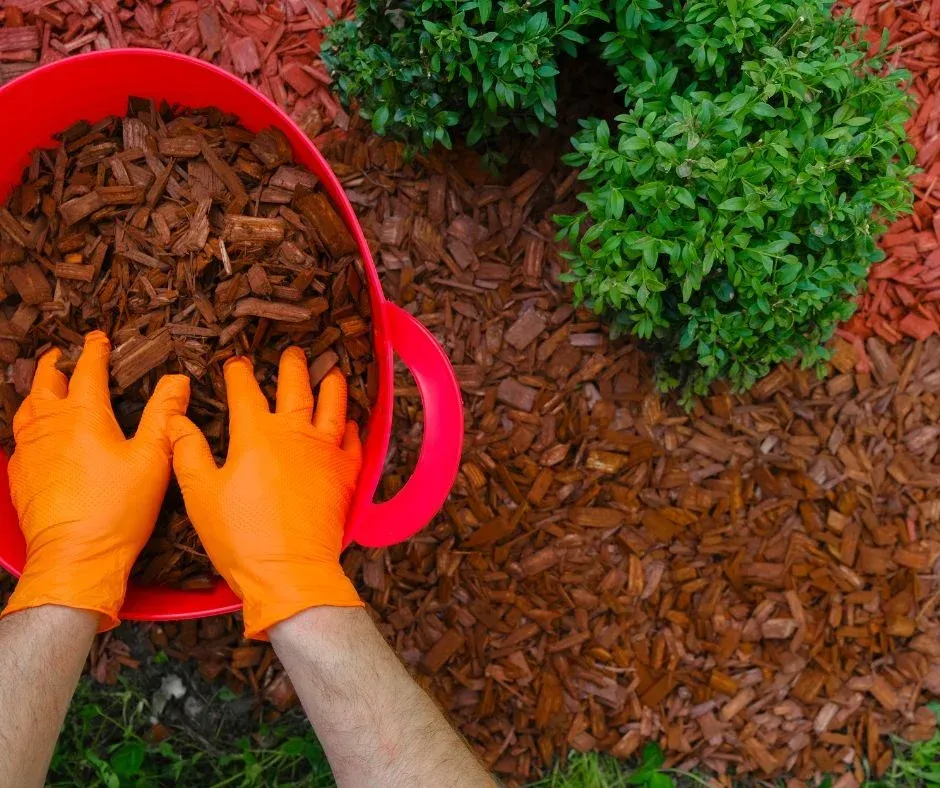Soil 101: Everything You Need to Know About the Ground Beneath Your Feet

When you walk outside and feel the earth beneath your feet, have you ever stopped to think about what lies beneath the surface? Soil, the unassuming foundation of our planet's ecosystems, plays a vital role in supporting life as we know it. In this blog post, we will delve deep into the fascinating world of soil, uncovering its importance, composition, types, and its role in our environment.
What Is Soil?
Soil is the thin layer of material covering the Earth's surface that provides a habitat for plants and a medium for their growth. It is a complex mixture of mineral particles, organic matter, water, and air. Soil is not a static entity; instead, it is a dynamic system that is constantly changing due to various natural and human-induced factors.
The Composition of Soil
Soil is composed of several key components:
Mineral Particles
Mineral particles make up the inorganic portion of the soil. These particles come in different sizes, including sand, silt, and clay. The proportions of these particles in a soil's composition determine its texture. Sandy soils have larger particles, while clayey soils have smaller ones.
Organic Matter
Organic matter in soil consists of decomposed plant and animal materials. This component is rich in nutrients and plays a crucial role in soil fertility. Earthworms, microbes, and other soil organisms break down organic matter, enriching the soil with essential nutrients.
Water
Water is essential for all life forms, and soil serves as a reservoir for it. Soil's ability to retain and release water depends on its texture and structure. Adequate water in the soil is vital for plant growth and ecosystem stability.
Air
Soil contains pore spaces filled with air, which provides oxygen to plant roots and soil organisms. Proper aeration is necessary for the health of the soil and the organisms that inhabit it.
Types of Soil
There are various soil types, and they can be broadly categorized into three main classes:
Sandy Soil
Sandy soil has large mineral particles, which make it well-draining. However, it tends to dry out quickly and doesn't retain nutrients well. It is often found in arid regions.
Silt Soil
Silt soil has medium-sized particles and retains water better than sandy soil. It is fertile and found in many agricultural regions.
Clay Soil
Clay soil has the smallest particles, which makes it excellent at retaining water but also prone to waterlogging. It can be fertile when properly managed and is often found in regions with heavy rainfall.
The Importance of Soil
Soil is the foundation of agriculture, providing a medium for plant growth and a source of essential nutrients. It is also vital for carbon and nutrient cycling, helping to maintain ecosystem balance. Soil acts as a filter for water, removing contaminants and allowing clean water to recharge underground aquifers.
Furthermore, soil supports biodiversity by providing a habitat for countless microorganisms, insects, and small animals. Healthy soil is essential for preserving our planet's ecosystems and ensuring food security for future generations.
Soil Conservation
Human activities, such as deforestation, urbanization, and improper agricultural practices, can lead to soil degradation. To ensure the longevity of this precious resource, it is crucial to practice sustainable land management and soil conservation techniques.
The ground beneath your feet holds a world of wonder and complexity. Soil is a dynamic, living system that plays an integral role in our environment, agriculture, and the health of our planet. By understanding its composition, types, and importance, we can appreciate the significance of preserving and nurturing this invaluable resource. So, the next time you take a walk outside, remember that beneath your feet lies a world of life and potential, all thanks to the incredible world of soil.
